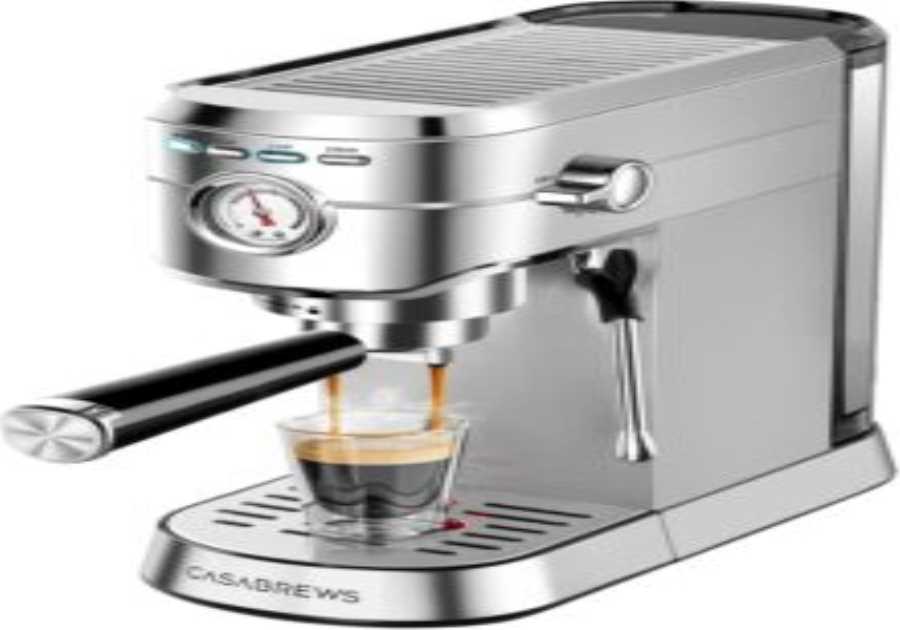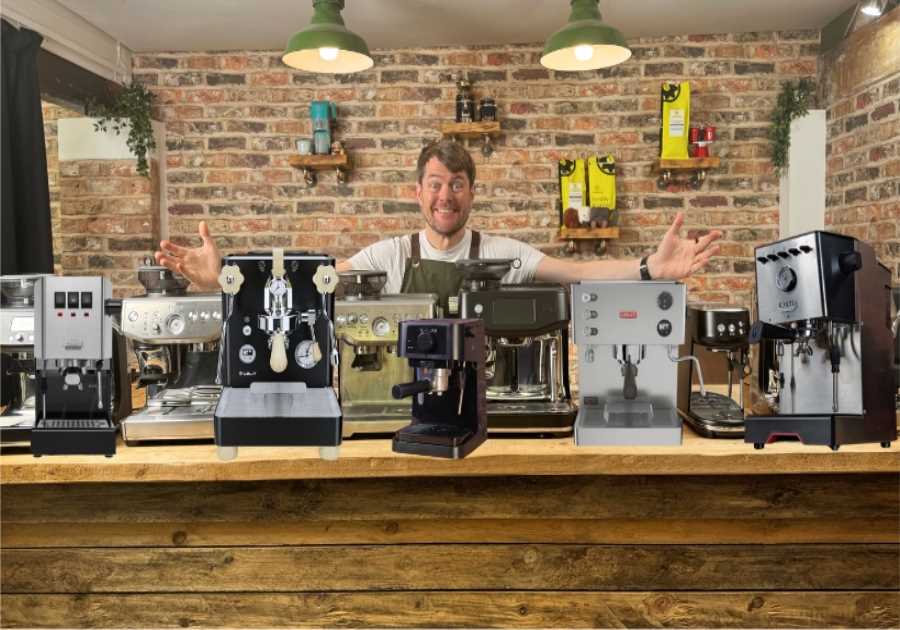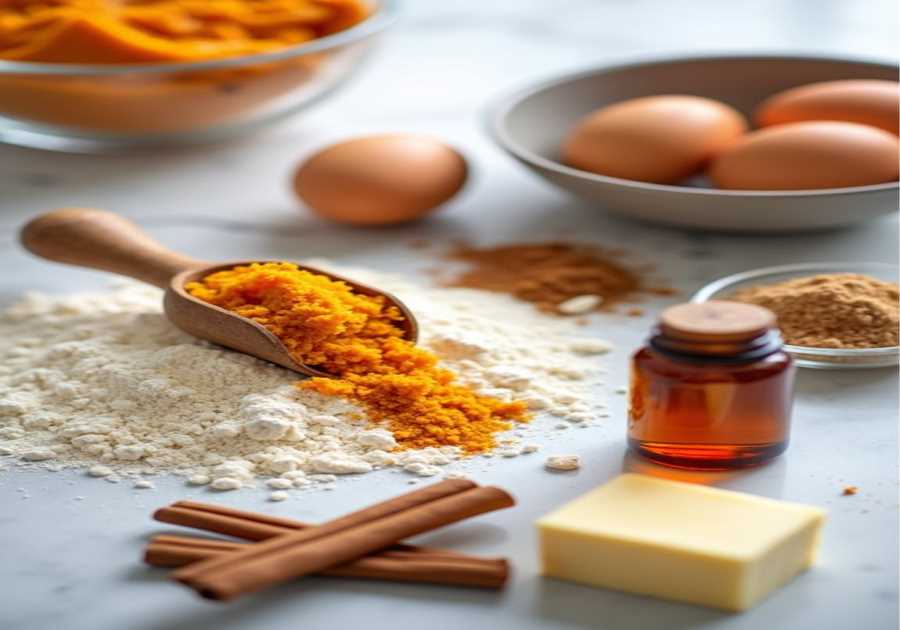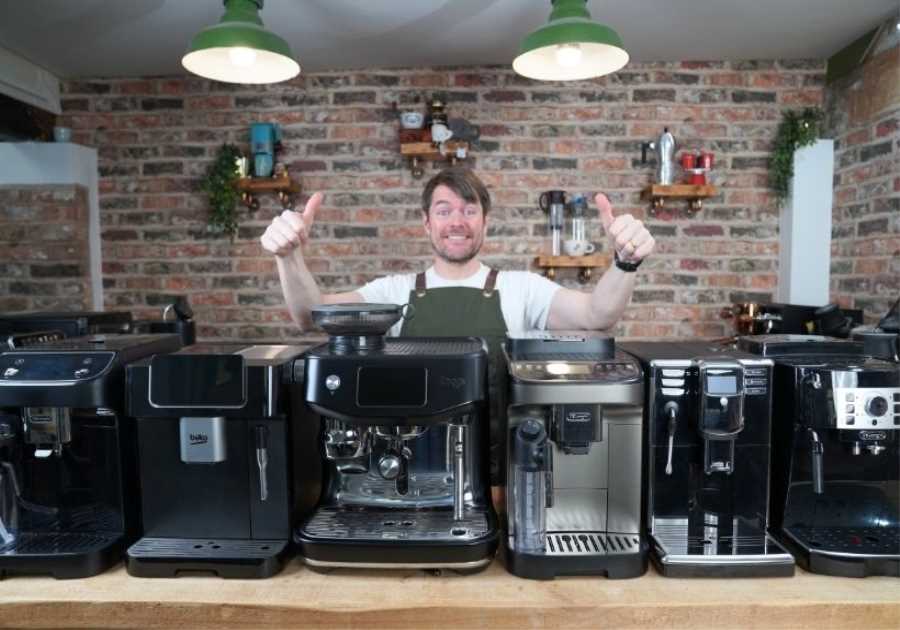Cold brew coffee has become a staple in many coffee shops around the world. According to research firm Mintel, the market value of the US cold brew segment grew by 580% between 2011 and 2016.
But it isn’t just popular in coffee shops. We’ve seen many consumers actually prepare their own cold brew at home in recent years.
It may come as a surprise to some to know that this brewing method is one of the easiest to use at home. With the right equipment and knowledge of how lower temperatures affect extraction, making cold brew can be both straightforward and rewarding.
I spoke to Julia Leach, President of Toddy, and Michael Phillips, Director of Coffee Culture at Blue Bottle Coffee, to learn more about how consumers can make cold brew at home. Read on to find out what they told me.
You may also like our article on cold brew coffee ice cream.
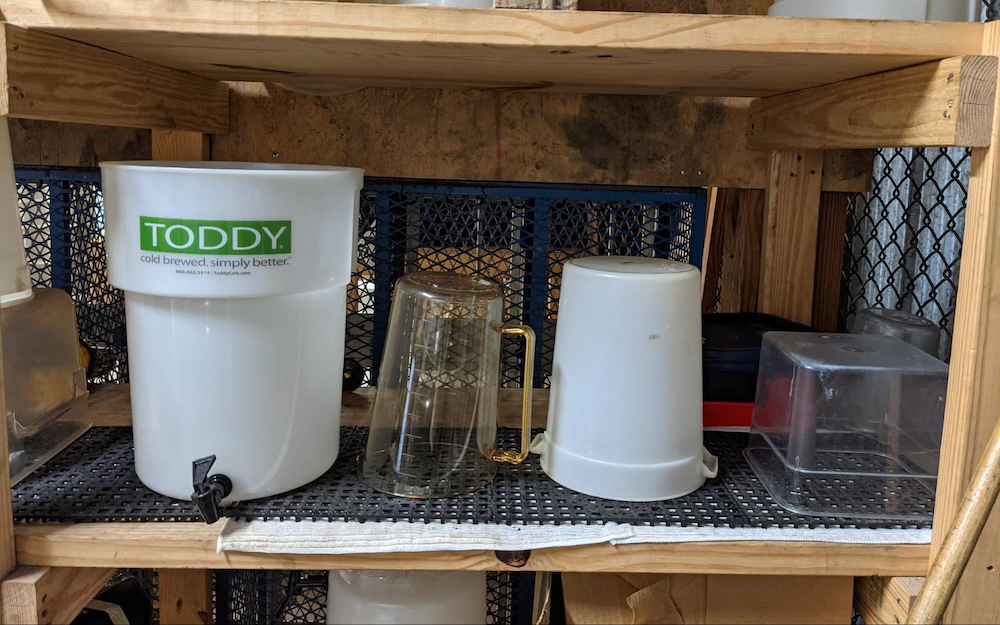
What are the differences between cold brew and iced coffee?
The terms “cold brew” and “iced coffee” are sometimes used interchangeably, although this isn’t correct. This could be an issue in some coffee shops; unless the customer specifies the exact brewing method to the barista, the customer could receive the wrong order.
Michael explains that iced coffee is prepared much more quickly than cold brew, which results in different flavour profiles. Cold brew generally extracts over a period of hours, whereas iced coffee is prepared in minutes.
“Iced coffee typically refers to coffee that has been brewed hot and then cooled down to be served over ice,” he says. “The cooling process usually happens quickly.
“In some coffee shops, there may be flash brew coffee, which is when coffee is brewed directly over ice to quickly cool the liquid down.”
Michael adds that most iced coffee is brewed as filter coffee, rather than as cold brew, which is a full immersion brewing method.
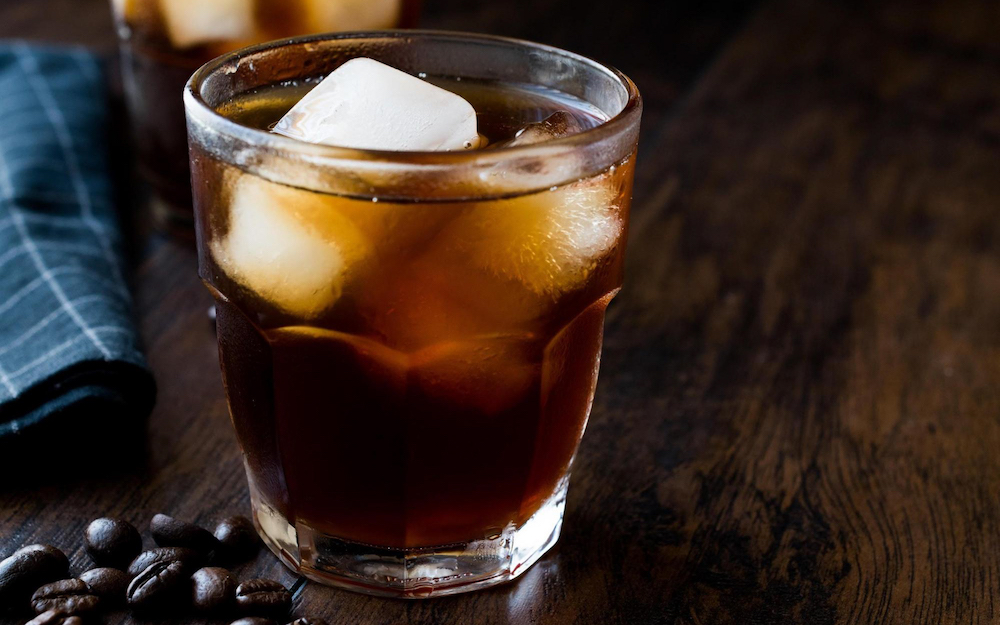
Why are time and temperature so important?
Unlike espresso and filter coffee, it often takes hours to make cold brew. This is largely because it is extracted at much lower temperatures, meaning it takes significantly longer to extract the flavour compounds from the coffee.
Ultimately, this affects the required grind size. Generally, coarser grind sizes work best to compensate for the longer extraction times, otherwise the coffee will overextract and taste bitter.
Michael tells me that cold brew is typically brewed at room temperature or colder so that the extraction time can extend over several hours.
“It’s an immersion brewing method, which means that the coffee grounds are fully submerged throughout the brewing process,” he adds.
This allows the ground coffee to stay in contact with the water for hours, which is necessary when coffee is brewed at lower temperatures. As there is less kinetic energy from the water molecules, extraction takes place at a much slower rate when brewing with colder water.
“The brewing temperatures used are much lower than other methods, so you’re extracting water-soluble compounds over a longer period of time, usually between 18 and 24 hours,” Julia explains. “Because of this, you get a very different beverage to filter coffee.
“As the brewing temperatures are lower, you can’t taste the compounds that are more soluble in higher temperatures in cold brew.”

Flavour profile and acidity
Many consumers associate cold brew with a sweeter, smoother flavour profile, as well as lower acidity than hot coffee. But why is this?
“Cold brew is often thought of as having lower levels of acidity or more fruity flavours,” Michael says. “Some people think it is more concentrated, and while this can depend on the recipe and dilution ratios used, it’s not always the case.”
The intensity of a coffee is often associated with darker roast profiles or more concentrated coffee beverages. However, another measure of “strength” is the amount of “total dissolved solids” (TDS). This is a measurement of how much of the coffee has been dissolved in the brewing water.
Michael explains that from his experience, most people find that the lower acidity levels of cold brew means they are able to drink more concentrated coffee.
However, more research as to why cold brew is perceived to be less acidic than hot coffee is needed.
Julia points out that different people may perceive acidity in different ways.
“There is some debate around why it tastes less acidic,” Julia tells me. “It’s almost like comparing red apples to green apples because it changes how you define acidity.
“If you make cold brew to a similar strength (in terms of TDS) to that of hot coffee, you’ll find that the pH level is less acidic than that of hot coffee.”

Choosing a coffee
When taking the flavour profile and acidity of cold brew into account, are there certain coffees that work better with this brewing method?
“This can be a contentious topic for some,” Michael says. “The majority of coffee professionals recommend choosing coffees grown at lower elevations.
“This is because these coffees tend to be earthier and are therefore usually roasted with a darker profile,” he explains. “Many industry professionals believe this makes the coffee better to use for cold brew, and that you should avoid fruiter, lighter roasts.”
However, Michael believes that light roasts can also be used to make cold brew. He suggests that more acidic and fruitier beans, such as coffees from East Africa, can also result in desirable flavours.
Julia agrees, saying that the flavour ultimately relies on the unique characteristics of the coffee that is used. These include variety, origin, and processing method.
“There really isn’t a coffee that is not suited for cold brew,” she says. “It depends on which flavours you want in your cup.”

How can you make it at home?
As technology has advanced in the coffee industry, high-quality home brewing equipment, such as home espresso machines, have been made increasingly accessible. This means that more coffee drinkers can replicate café-quality beverages at home.
Julia says that cold brew equipment has also become more accessible, largely thanks to the pandemic and the resulting increase of at-home coffee consumption.
“Many people started brewing coffee at home as they wanted to create café-quality cold brew,” she says. “Toddy’s original cold brew system, which was first manufactured in the 1960s, saw an increase in sales.
“After that, we released our artisanal small batch cold brewer,” she adds.
Companies like Toddy sell cold brew equipment which helps to make the process more straightforward, as well making it easier for the user to clean. If you don’t have access to equipment, a French press will also work well.
You can prepare the beverage however you like. Some consumers brew it as a concentrate that can be diluted to add more water or different types of milk.
“It’s also popular as a flavouring for cocktails or mocktails, or even in food recipes,” Julia says. “It’s pretty versatile.”
Read our recipes below:
Cold brew recipe
As a concentrate:
Use coarsely ground coffee and filtered, room-temperature water at a ratio of 1:8. This can be adjusted according to your taste preferences.
Add the coffee and water to your brewing vessel. Give it a quick, vigorous stir and then cover with a lid to brew for your total extraction time (typically anywhere between 18 and 24 hours).
After brewing for the total amount of time, plunge or remove the coffee grounds from the brewing vessel to avoid over extraction.
You can store your cold brew in the refrigerator for up to 14 days.
How to dilute:
To start, use one-third coffee concentrate and two-thirds water or milk of choice, and then pour over ice.
You can adjust these ratios to your taste preferences.
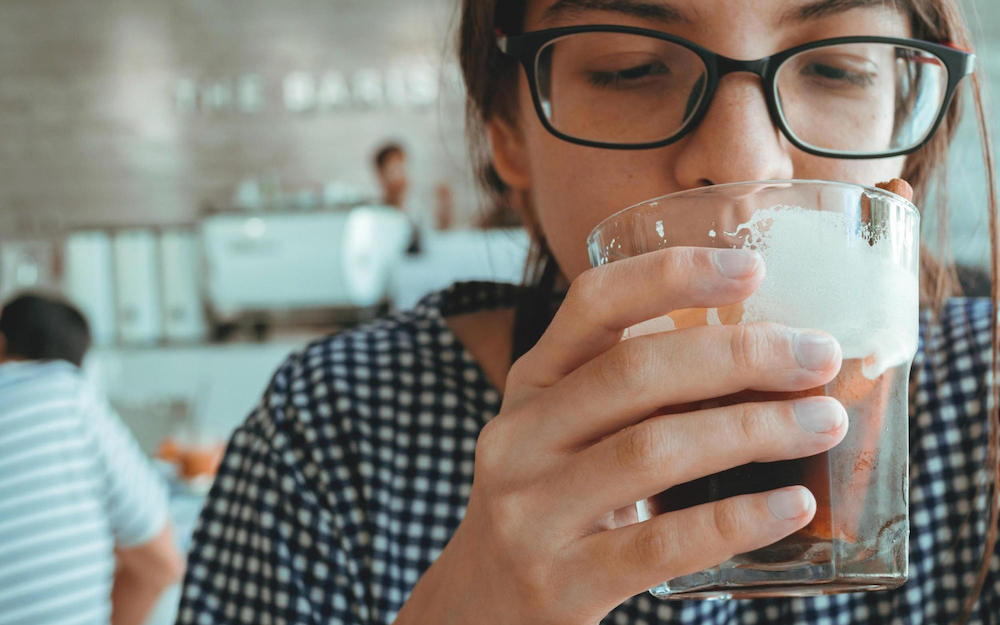
Cold brew can be a great home brewing method for more entry-level specialty coffee consumers, thanks in part to its simplicity.
However, it also presents an opportunity for more experienced consumers to experiment with different coffees.
“I encourage people to experiment heavily,” Michael says. “There is so much fun to be had with this method.
“By doing so, you’ll find your cold brew tastes like it came from your favourite coffee shop,” he concludes.
Enjoyed this? Then read our article comparing different cold brew methods.
Photo credits: Dominic Vittitow
Perfect Daily Grind
Want to read more articles like this? Sign up for our newsletter!
The post How do you make cold brew coffee at home? appeared first on Perfect Daily Grind.
By: Dominic VittitowTitle: How do you make cold brew coffee at home?
Sourced From: perfectdailygrind.com/2022/05/how-to-make-cold-brew-coffee-at-home/
Published Date: Mon, 16 May 2022 05:24:00 +0000

